Armor penetration is a phenomenally complex issue, and one that isn’t wholly understood even today. But a basic explanation is necessary to understand why warship armor was designed the way it was during the dreadnought era.1 The basic factors that drive armor penetration can be roughly broken down into the armor, the shell, and how they meet. We’ll start with the last of these.

“How the armor and shell meet” boils down to impact velocity and obliquity, or angle of impact. A higher striking velocity is always going to result in higher penetration, all else equal. Obliquity is measured between the axis of the shell and the line normal (perpendicular) to the plate, so 0 obliquity is a direct hit and 80 degrees is a very glancing blow indeed. Oblique impacts have less penetration than direct ones, sometimes significantly so. This is not simply due to the geometry of the impact sending the shell through more metal, despite what most works that discuss armor penetration would have you believe. The front of the shell hits first, and the contact tends to make it rotate, either glancing off or hitting the armor side-first. This is obviously tremendously less efficient than a direct hit, and the usual counter was to design the projectile to dig in to the armor slightly, which would actually reverse this process. A shell hitting and piercing at high obliquity would come out with a lower obliquity than it went in at.2

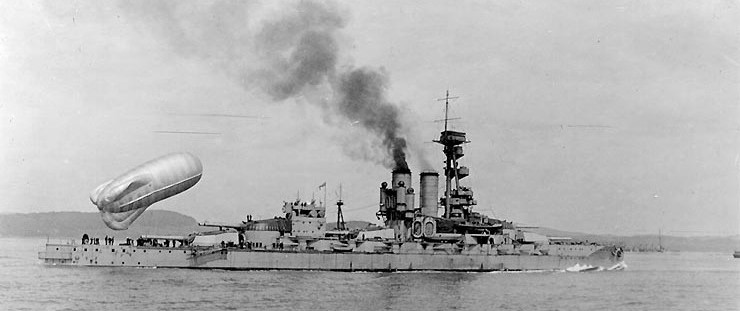
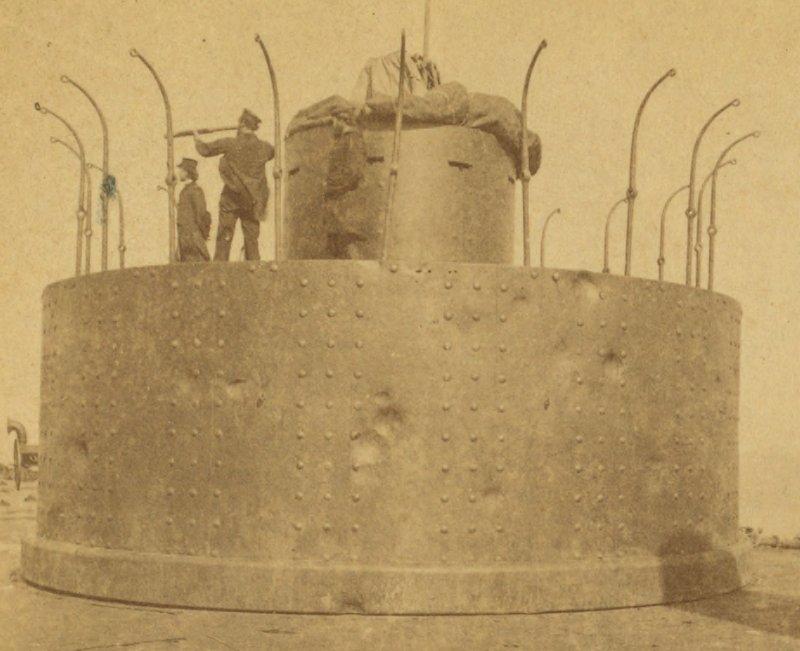

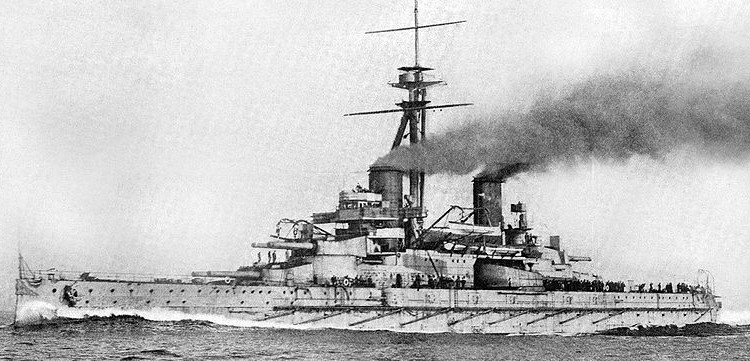
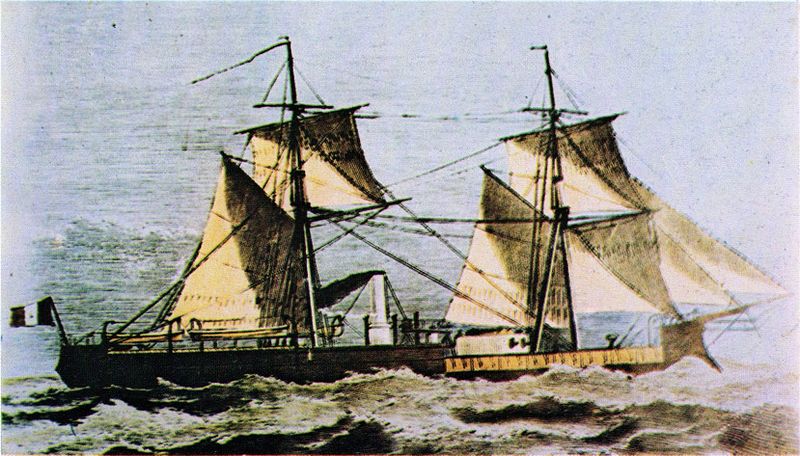
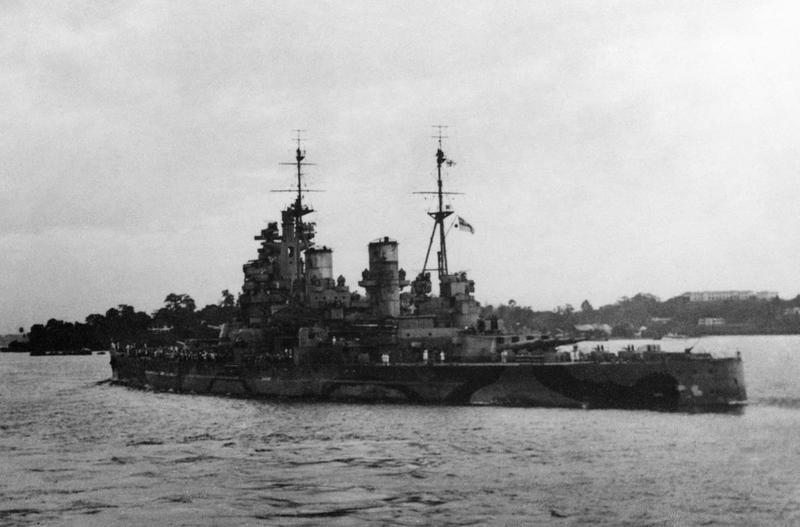
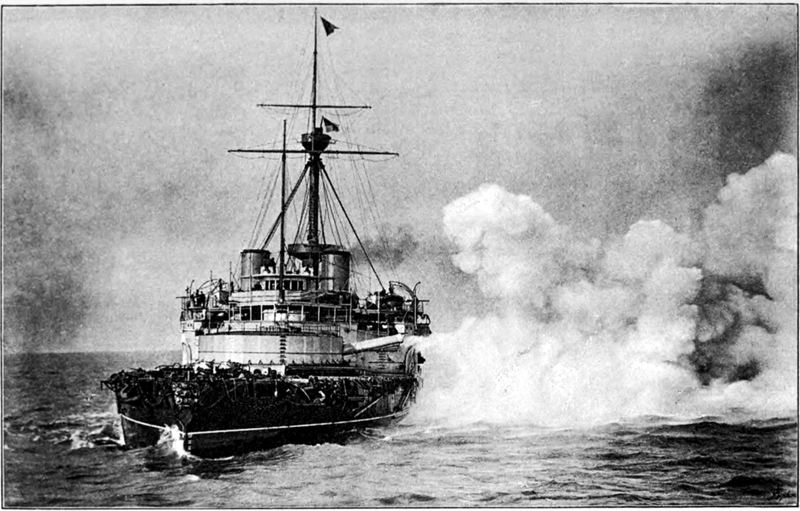

Recent Comments